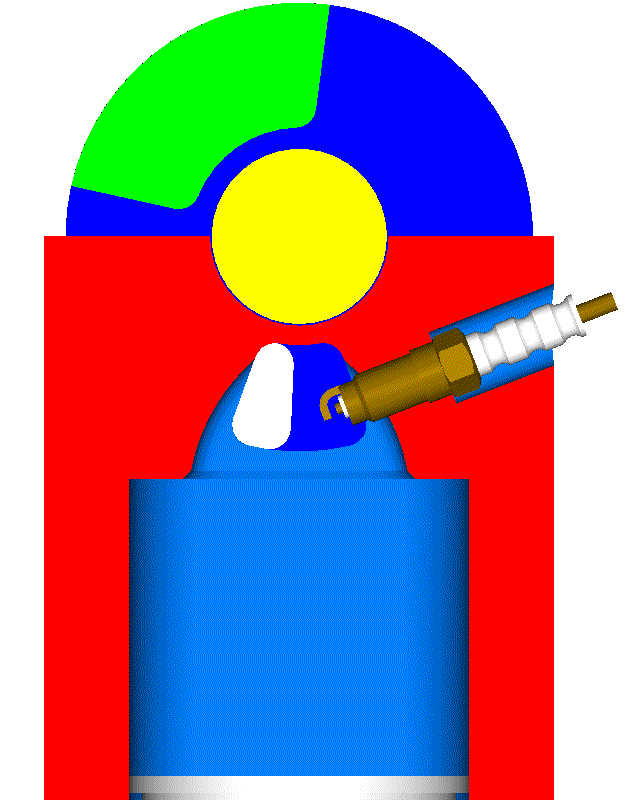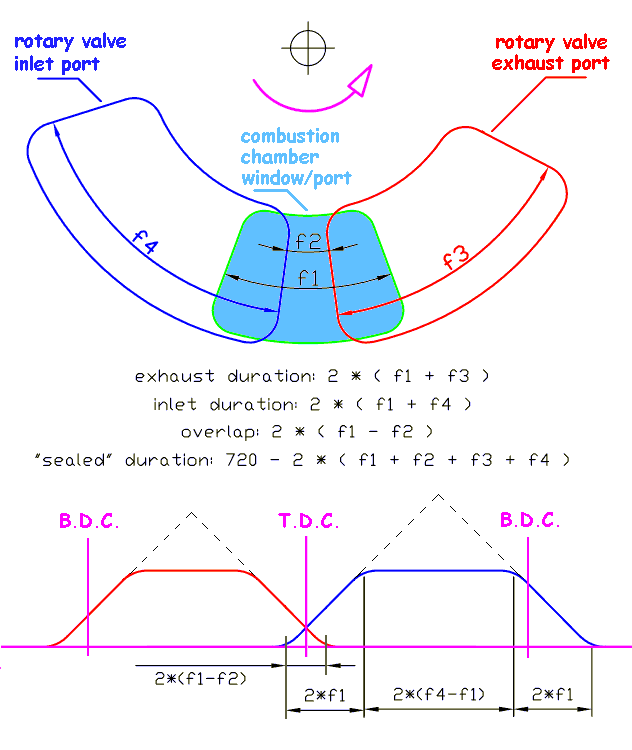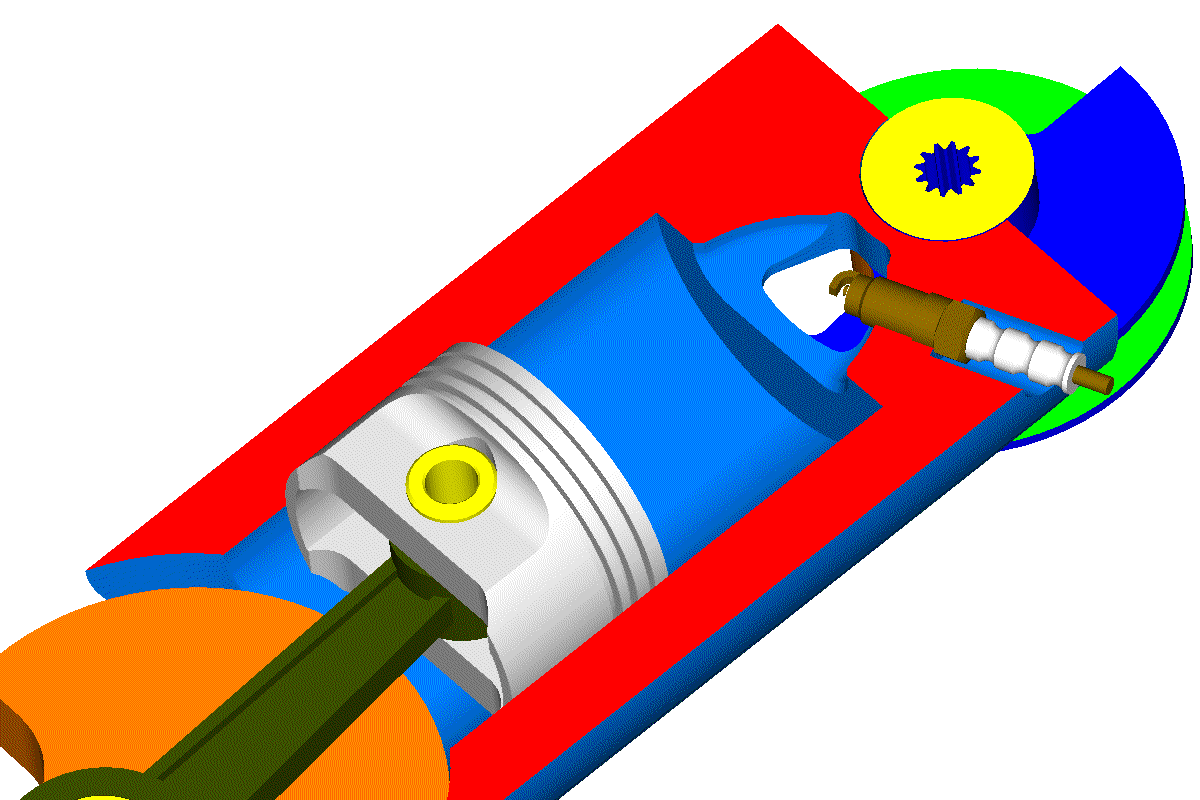J.A.W. wrote:
Hives.. yes ta Brian, that typo had me scratching..
& if by 'tactician' - you mean 'ruthless business tycoon' - then yes, Hives snaffled up Whittle's gas-turbine quick-smart..
..after he'd done every industrial/commercial 'dirty trick' in the book, to dominate the piston engine scene, even in wartime..
What exactly were these "dirty tricks".
Not running a company into the ground (as was done by Napier)?
Having the best available engine when it was needed most? The Hercules wasn't ready, and the earlier Bristol radials weren't suitable/powerful enough for the fighter types needed for the BoB. And what were Napier's available engines for the BoB - the Rapier and Dagger.
Hiring a mathematician and aerodynamicist to work on supercharger development?
Not giving away their secrets (ie giving the supercharger designs to competitors)?
Having a good relationship with the Air Ministry?
Rolls-Royce dominated the piston engine business in WW2 because they had a good product, the Merlin, which they relentlessly developed and improved and it was the go to engine for most British airframe manufacturers of WW2.
Regarding Rolls-Royce taking over jets, Rover was having a tough time in development and in dealing with Whittle - Rover's engine department and Whittle often didn't see eye-to-eye. Rolls-Royce swapped tank engine production (the Rolls-Royce Meteor), which was right up Rover's alley, and took over the turbine business. The deal was done over dinner and a handshake.
But Rolls-Royce had made moves towards gas turbine development earlier. They hired AA Griffith in 1939. AA Griffith had written a paper on the design of an axial compressor gas turbine in 1926, using aerodynamic principles, and proposed a design of a turbo-prop.
It was AA Griffith that Whittle sent his calculations for review. Griffith found some errors, but was also critical of Whittle's concept.
As for being pragmatic, Hives sought to discontinue the projects for the Vulture, the Exe, the Peregrine and the Crecy so that his team may concentrate on developing the Griffon and, more importantly, the Merlin.
Meanwhile, Napier built a jewel of an engine that was, frankly, a bit player in WW2. It was too late, like the Griffon, to be built in large production numbers in shadow factories and under licence. The development of the engine nearly bankrupted Napier, which narrowly escaped the government's preferred option - a take-over by Rolls-Royce.
But imagine what might have been with the Sabre if it had Rolls-Royce resources behind it and Hives driving the program.
Napier also had help from the government. The government had some grinding machines diverted from Pratt and Whitney to Napier. The government forced Bristol to give up production secrets for the sleeve valves - secrets they had developed over 10+ years at enormous expense - to save the Sabre program.





